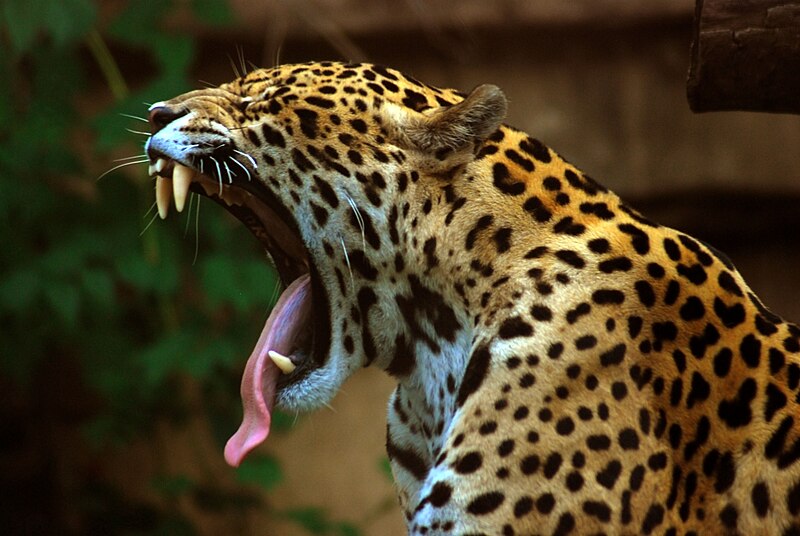In Part I of this article, we discussed the role played by plants in the diets of popular North American “basking” turtles such as Red-Eared and Yellow-Bellied Sliders, Map, Red-Bellied and Chicken Turtles, and Cooters.
Useful Plants and Vegetables
As your turtles grow out of the hatchling stage, I suggest offering dandelion, bok choy, kale, mustard and collared greens, romaine, endive and vegetables such as shredded yams, carrots, and squash.
Prolific aquatic plants such as Elodea, Anachris, Watersprite, Duckweed, Water Hyacinth and various underwater grasses (i.e. Vallisneria), easily reared in outdoor tubs or ponds, are also eagerly accepted by many turtles. Keep a few guppies or minnows in your water garden to consume mosquito larvae, or net the larvae as food for fishes, newts and other aquatic pets. Read More »
 That Reptile Blog – Reptile, Amphibian and Exotic Pet Care and Information
That Reptile Blog – Reptile, Amphibian and Exotic Pet Care and Information

 Snakes have a well-deserved reputation as escape artists and, once at liberty, they are nearly impossible to find. Almost always, the escapee shows up by accident, no matter how hard one searches – even quite large snakes can virtually disappear in relatively small areas (please see photo – the 16 foot long anaconda pictured there “vanished” in about 6 inches of water on the Venezuelan llanos; I took over an hour to find her despite “knowing” where she was!). However, there are a few tricks that can improve your chances of recapturing a lost pet…but first, if I may, a few related stories:
Snakes have a well-deserved reputation as escape artists and, once at liberty, they are nearly impossible to find. Almost always, the escapee shows up by accident, no matter how hard one searches – even quite large snakes can virtually disappear in relatively small areas (please see photo – the 16 foot long anaconda pictured there “vanished” in about 6 inches of water on the Venezuelan llanos; I took over an hour to find her despite “knowing” where she was!). However, there are a few tricks that can improve your chances of recapturing a lost pet…but first, if I may, a few related stories: I’m pleased to say that I’m now posting several notes (“Tweets”) on Twitter each day, 7 days a week. I’ve worked with everything from ants to elephants, and so much interesting info comes my way – a lot of it through other zoologists and my own activities. Twitter will make it easy to share this as well as breaking nature news and discoveries as they happen. Things I’ve noticed in my collection or as I’m wandering about in the field, newly discovered species, interesting tidbits passed on by others, my take on some of the day’s news items…anything and everything animal-related will be mixed in.
I’m pleased to say that I’m now posting several notes (“Tweets”) on Twitter each day, 7 days a week. I’ve worked with everything from ants to elephants, and so much interesting info comes my way – a lot of it through other zoologists and my own activities. Twitter will make it easy to share this as well as breaking nature news and discoveries as they happen. Things I’ve noticed in my collection or as I’m wandering about in the field, newly discovered species, interesting tidbits passed on by others, my take on some of the day’s news items…anything and everything animal-related will be mixed in.  Springtails are minute, primitive, wingless insects classified in the Order Collembola. Over 6,000 species are found in most temperate and tropical habitats, where they figure importantly in the diets of Poison Frogs (Dendrobates, Phyllobates, Oophaga), small salamanders and newly metamorphosed amphibians of many kinds. Please see
Springtails are minute, primitive, wingless insects classified in the Order Collembola. Over 6,000 species are found in most temperate and tropical habitats, where they figure importantly in the diets of Poison Frogs (Dendrobates, Phyllobates, Oophaga), small salamanders and newly metamorphosed amphibians of many kinds. Please see